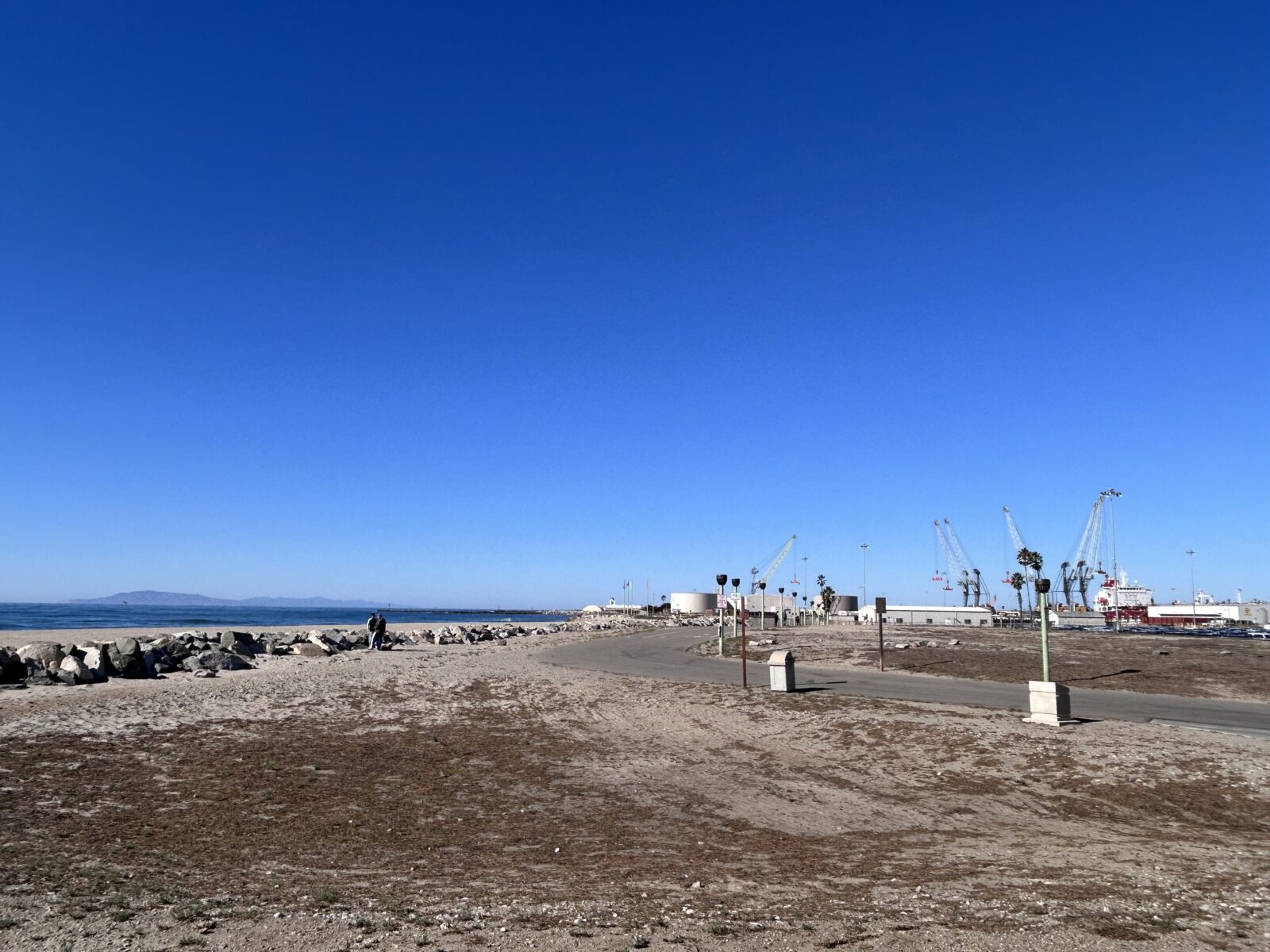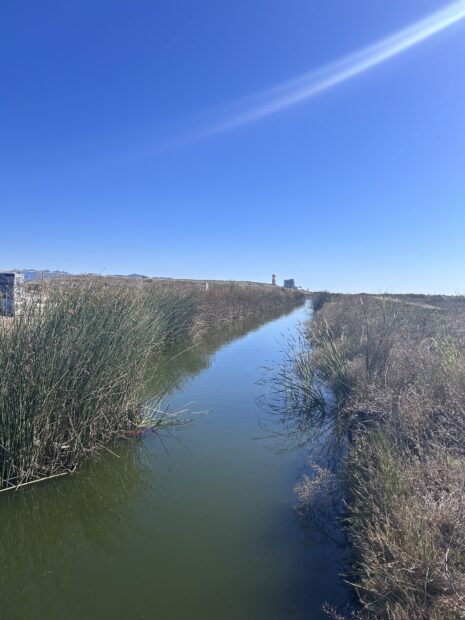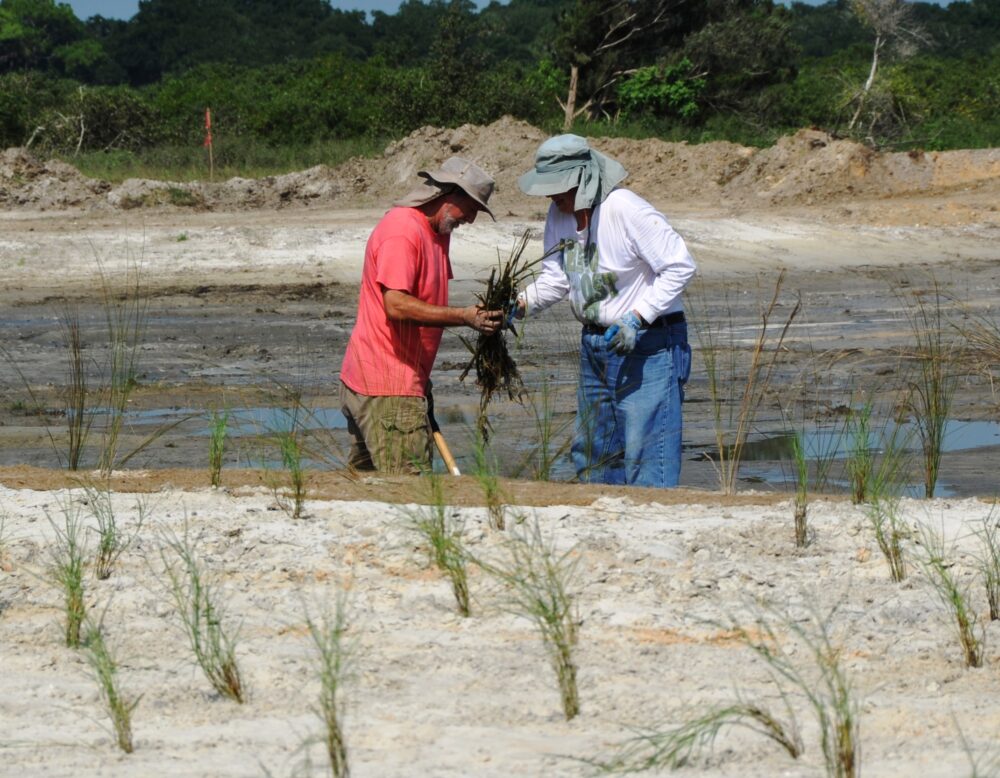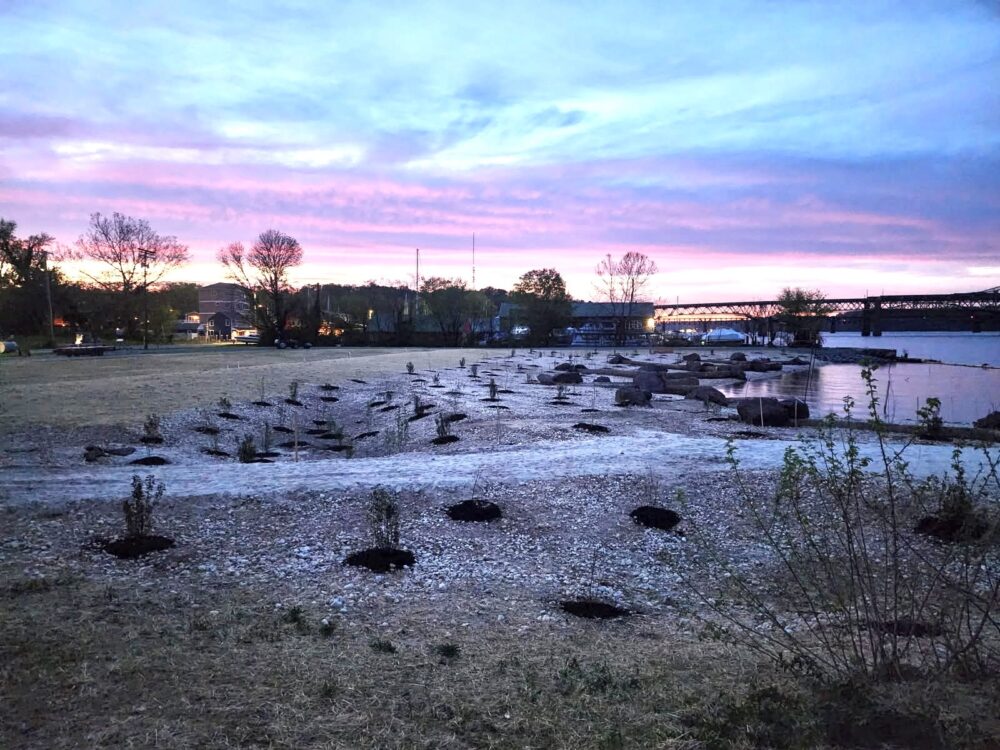We have much more to do and your continued support is needed now more than ever.
Community Spotlight: A Toxic Tour in Oxnard, California

As the Senior Environmental Justice Coordinator at the National Wildlife Federation, I have engaged with a large number of environmental justice communities through our (currently paused) Thriving Communities Technical Assistance Grant (TCTAC). As with most advocates, I believe that the real work begins at home and is then ingrained into our work. As such, I have been working for five years with communities in California, where I grew up and currently live, mainly focusing on social justice issues. The last five years, we have seen many victories, but we are also witnessing ongoing advocacy for the same issues year after year. Oxnard is one example of the many cities that are labeled as sacrifice zones, where pollutants are disproportionately impacting low-income communities and communities of color, and where communities continue their advocacy efforts. These areas often bear the brunt of environmental degradation, with harmful emissions from industrial facilities, freight transportation, and agriculture contributing to air and water pollution.
On November 16th, 2024, I joined community members in California’s Ventura county on a toxic tour organized by Central Coast Alliance United for A Sustainable Economy (CAUSE), a California youth group, and joined by California Environmental Justice Alliance (CEJA) speakers and community members from across Ventura county. Together, we visited sites in Oxnard and Port Hueneme California that have been severely impacted by hazardous pollutants. These sites threaten both our environment and the health of local residents. The toxic tours aim to raise awareness of the pollution that residents are exposed to by taking participants to locations that are polluted, and by offering an on-the-ground perspective of the environmental and public health risks posed by these sites. Although this tour was the first one organized by the community youth from CAUSE, they are planning to continue hosting them more frequently in 2025.
Both Oxnard and Port Hueneme are known for their beautiful beaches, agricultural heritage, and a rich history of advocacy for farm workers. This heritage is rooted in the legacies of labor leaders like César Chávez and Dolores Huerta, who began their work here fighting for the rights and dignity of agricultural workers. Even today, we continue to see the lasting impact that labor leaders have in their communities, as many farm workers have won local and state victories for stronger labor protections. However, these farmworker-led communities continue their multi-issue fight today by advocating for environmental justice, especially on issues that impact the health and safety of their workplaces and surrounding communities.
THE ORMOND BEACH GENERATING STATION

The Ormond Beach Generating Station was one of our stops, and is a prime example of ongoing community struggle against pollution. If someone from out of town visited the area, they wouldn’t believe the beach is less than half a mile away. The gas-fired power plant pictured here burns fossil fuels, releasing harmful emissions such as methane gas, nitrogen oxides, sulfur dioxide, and carbon dioxide in order to generate electricity. The plant relies on transmission lines and distribution wires to deliver power while using sea water from the ocean for cooling, which impacts marine life and ecosystems through the “Once Through Cooling (OTC)” process. Each year, the plant can generate up to 60,000 megawatts of electricity—enough to power 14,000 homes—while emitting over 100,000 metric tons of pollutants. This is comparable to 20,000 vehicles on the road!
In 2020, the community around Ormond Beach was promised a permanent shut down of the Ormond Beach Generating Station. However, the state extended its operation instead—first to 2023, then again to 2026. Despite community members’ efforts to have the plant shut down, the state voted to extend its operation until 2026, at a cost of $1.2 billion in public funds. The plant is only turned on when “needed”, but its performance is unreliable. For example, during the 2022 heatwave, emissions spiked 13 times higher than usual. While blackouts were prevented through California’s voluntary electricity shutdowns within 45 minutes of a text alert, the plant, which takes up to eight hours to start, failed to provide the necessary electricity.
The plant is notorious for its malfunctioning generators and has been a source of environmental injustice—as Ormond Beach, a mostly Latino and farmworking community, has been disproportionately impacted by its emissions. In contrast, similar plants in other areas have been successfully shut down. As such, this community wants the Ormond Beach Generating Station shut down also.
Communities who are mainly affected by this toxic power plant are fighting against it through a campaign across California called ‘Regenerate California’. This campaign, led by CEJA and its coalition partners, focuses on nitrogen oxide emissions and targets specific power plants like Ormond Beach.
THE PORT OF HUENEME
Another one of our stops, the Port of Hueneme (POH), offered a stunning view of the beach, with waves crashing and birds chirping. For many participants, this particular beach held deep sentimental value, as it was the site of their families’ first encounters with the ocean. Interestingly, one could see a parking lot filled with hundreds of new cars in the distance, sitting alongside the port, creating a contrast between two worlds, yet existing side by side. POH is the largest exporter of vehicles and bananas in Southern California, and operates near communities in areas known as ‘diesel death zones’ because of their proximity to diesel polluting structures. POH has federal funding to achieve 100% zero-emission equipment by 2030 and transition to zero-emission trucking by 2035 (short-haul) and 2045 (long-haul).

Due to its proximity to the beach and the community, POH exposes the nearby community and workers alike to a constant flow of pollution. From trucks to boats to trains, the residents don’t get a break from the pollution. According to research focused on U.S. ports, chronic exposure to air pollutants can raise the risk of dying young from heart disease, lung diseases, and cancer. Out of all air pollutants, diesel exhaust is the leading cause of cancer. Communities of color are primarily impacted by air pollution, with ports being the largest source of diesel exhaust from ships, forklift trucks, cranes, and trucks.
HALACO SUPERFUND SITE

Our final stop was the Halaco Superfund Site. This is also the most toxic site in Oxnard, where tons of toxic waste, including zinc, aluminum, magnesium, and radioactive thorium are buried in an area roughly the size of 40 football fields. This hazardous waste, some of which can be used for nuclear fuel, lies near the Ormond Lagoon—one of the last remaining wetlands in California. The metal smelter at this site, owned by Halaco Engineering Company, operated from 1965 to 2004, extracted aluminum, magnesium, and zinc from scrap metals and produced toxic slag containing metals, thorium, and radium. This waste was dumped into unlined ponds near the Ormond Lagoon Waterway. After the company went bankrupt, it left the contamination behind, impacting the South Oxnard community, which is over 89% Black, Indigenous, and people of color (BIPOC). South Oxnard residents face health risks like eye irritation, skin conditions, autoimmune disorders, tuberculosis, and kidney disease. The area also threatens endangered species’ habitats and critical wetlands.
Despite Superfund evaluation which started 16 years ago, little progress has been made in cleaning the site. Health impacts from sites like these include kidney disease, respiratory issues, and other ailments, and these sites are often intentionally located in low-income communities, which are 96% BIPOC.
Farmworkers and residents in this region, most if not all of whom already have limited access to healthcare, are disproportionately exposed to toxic chemicals. In 2018, the Environmental Protection Agency (EPA) installed fencing as a barrier between the toxic sites and surrounding communities, but the site remains radioactive. However, pollution does not stop at the fenceline! Instead of fully cleaning up the site, the EPA proposes to cap it, leaving the contamination unresolved. This is a major health concern. As Odette Moran, Oxnard youth and young adult organizer, stated “They [EPA] are looking for solutions and one of the things they want to do is to just cover it up, but the community is not sitting still, they are learning about environmental racism here in Oxnard and what they can do to make sure our experiences are heard, because it is not just one thing. This area is a toxic soup located near communities, schools, farmworkers, and our ecosystem.”
THE CALL TO ACTION
These sites individually have a major health impact on the Oxnard and Port Hueneme communities, and together they create a soup of pollutants. That is why organizations like CAUSE and CEJA are constantly advocating for a permanent change. Some communities are unaware of the dangerous chemicals they breathe each day. Toxic tours are important because they not only bring awareness of the environmental threats to the community and others, but they also provide community-driven solutions for advocacy.
If you are located in Southern California or just want to continue staying informed, please visit CAUSEnow.org and CEJA.org to stay connected. Additionally, you can sign this petition to demand a full cleanup for the Halaco Superfund Site. Lastly, to inform, educate, and support your communities and others in your area, please participate in planned toxic tours or organize your own. In that way, you are also playing an important role in ensuring that polluters are held accountable.
Join us in advancing environmental justice. Sign up for the Environmental Justice, Health, and Community Resilience and Revitalization Program’s quarterly newsletter and follow us on Instagram.





















